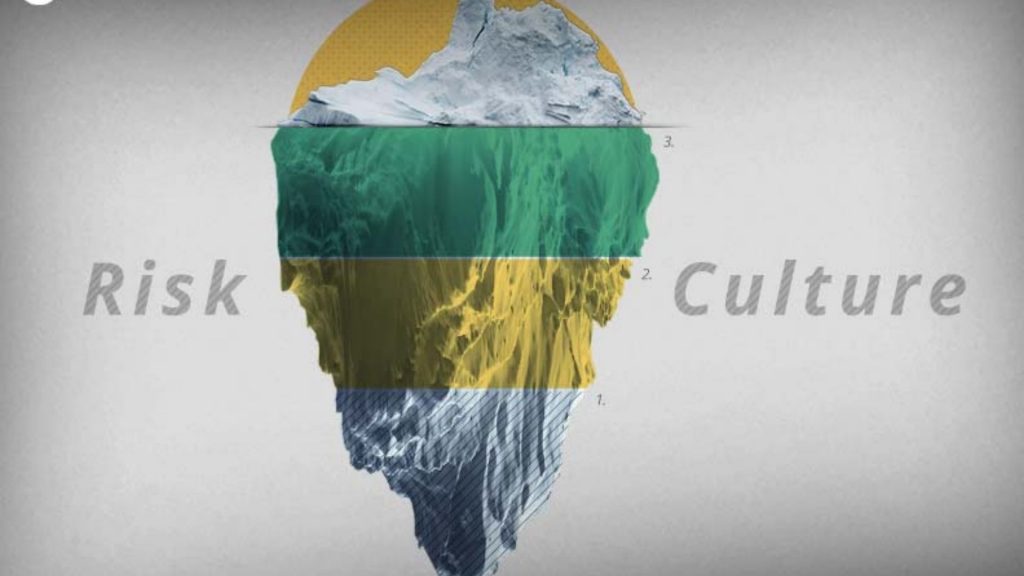Risk culture is developed and shaped by people at all levels of an entity by what they say and do. People are responsible for establishing the entity’s mission, strategy, and business objectives, and implementing enterprise risk management practices. Likewise, business risk management affects people’s decisions and actions.
What Is The Risk Culture?
Each person has an unique point of reference that determines how he or she identifies, analyses, and responds to risk. Enterprise risk management helps people in making decisions while understanding that culture can significantly impact such decisions.
Organizations seek numerous competitive advantages to provide value to the entity. Enterprise risk management enhances the skills required to carry out the entity’s mission and vision, and to predict the challenges that may hinder organizational achievement. A resilient organization that can adapt to change is better able to evolve in the face of market and resource constraints and opportunities.
Governance sets the organization’s tone, reinforcing the importance of, and establishing oversight responsibilities for enterprise risk management while culture pertains to ethical values, desired behaviors, and understanding of risk in the entity. Core values are considered in the context of the culture the entity wishes to embrace.
Rather, culture, practices, and capabilities are integrated and applied throughout the entity. Integrating enterprise risk management with business activities and processes results in better information that supports improved decision-making and leads to enhanced performance.
In addition, it helps organizations to: anticipate risks earlier or more explicitly, opening up more options for managing the risks and minimizing the potential for deviations in performance, losses, incidents, or failures; identify and pursue existing and new opportunities by the entity’s risk appetite and strategy; understand and respond to deviations in performance more quickly and consistently; develop and report a more comprehensive and consistent portfolio view of risk, thereby allowing the organization to better allocate finite resources; and improve collaboration, trust, and information sharing across the organization.
Risk Culture Integration
Risk culture integration enables the organization to make decisions that are more in line with the speed and potential disruption of individual risks and the pursuit of new opportunities. To pursue fast-moving possibilities, risk-aggressive entities might have to access risk-related information quickly and have efficient decision-making procedures in place.
For example, an investment firm that has been offered an opportunity to bid on a new deal but must answer within a few hours. The firm’s risk management practices are effectively linked with the capabilities within the bidding process. This allows the firm to gather and assess available information and make a decision in the time frame necessary.
When risk management practices and capabilities are separated, it takes longer to collect relevant information, identify stakeholders, and make choices, which might jeopardize an entity’s ability to fulfill critical deadlines. In short, the greater the entity’s risk tolerance, the greater the benefit of integration.
Risk Awareness
Instilling more transparency and risk awareness into an entity’s culture requires actions, such as: implementing forums or other mechanisms for sharing information, making decisions, and identifying opportunities; encouraging people to escalate issues and concerns without fear of retribution; clarifying and communicating roles and responsibilities for the achievement of strategy and business objectives, including responsibilities for the management of risk; aligning core values, behaviors, and decision-making with incentives and remuneration models; and developing and sharing a strong understanding of the business context and drivers of value creation.
To sustain the risk culture in the organization, it selects skilled personnel with relevant experience who can apply judgment and oversight as part of their tasks on a regular basis. To assist decision-making, the organization has access to qualified personnel, subject matter experts, or other technical resources. Management examines the tools required to support enterprise risk management duties while making essential investments in technology or other infrastructure.
Final Thoughts
Risk culture is a term that describes the values, beliefs, knowledge, attitudes, and understanding of risk that a group of people who share a common goal share. This is true for all organizations, including private businesses, public bodies, governments, and non-profits. An effective risk culture encourages and rewards individuals and groups for taking appropriate risks in a well-informed manner.




